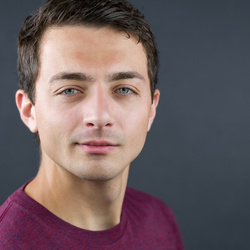Natural light is one of the most versatile tools in photography, but it can also be tricky to master. The way you use it can make or break your images, and getting it right takes some practice and attention to detail.
Coming to you from Julia Trotti, this helpful video highlights 10 common mistakes people make when using natural light and how to fix them. Trotti starts by addressing a common issue—ignoring the background. It’s easy to focus on lighting your subject while overlooking how light interacts with the background. If your subject is in the shade, but the background is in harsh light, you’ll end up with an unbalanced image where your subject doesn’t stand out. The key is to ensure that both your subject and background share similar lighting conditions, which keeps the focus where it should be.
Trotti continues by discussing the importance of timing. Shooting at the wrong time of day can lead to harsh, unflattering light. Many people aim for the soft, warm tones of golden hour, but Trotti points out that shooting during midday can work too, if you know how to manage it. Midday sun can create rich, vibrant colors and deep contrasts, adding a different kind of mood to your photos. The trick is learning how to use shade or backlight to soften the harshness when needed, without completely avoiding the midday sun.
Another critical point Trotti covers is the direction of light. It’s not enough to have nice light on your subject; you also need to be mindful of how it’s hitting them. A little splotch of light on a nose or a cheek can ruin an otherwise great shot. Paying attention to the direction and quality of light is essential. Moving your subject or adjusting your own position by just a few degrees can make a huge difference in how the light shapes your image.
Trotti also emphasizes the importance of fill light, especially when shooting in backlit scenarios. Backlighting can create beautiful, dreamy images, but without enough light on your subject’s face, they can blend into the background. Using a reflector or adjusting your position to bring more light onto your subject’s face ensures they remain the focal point of the image. That's jsut the start, so check out the video above for the full rundown from Trotti.






